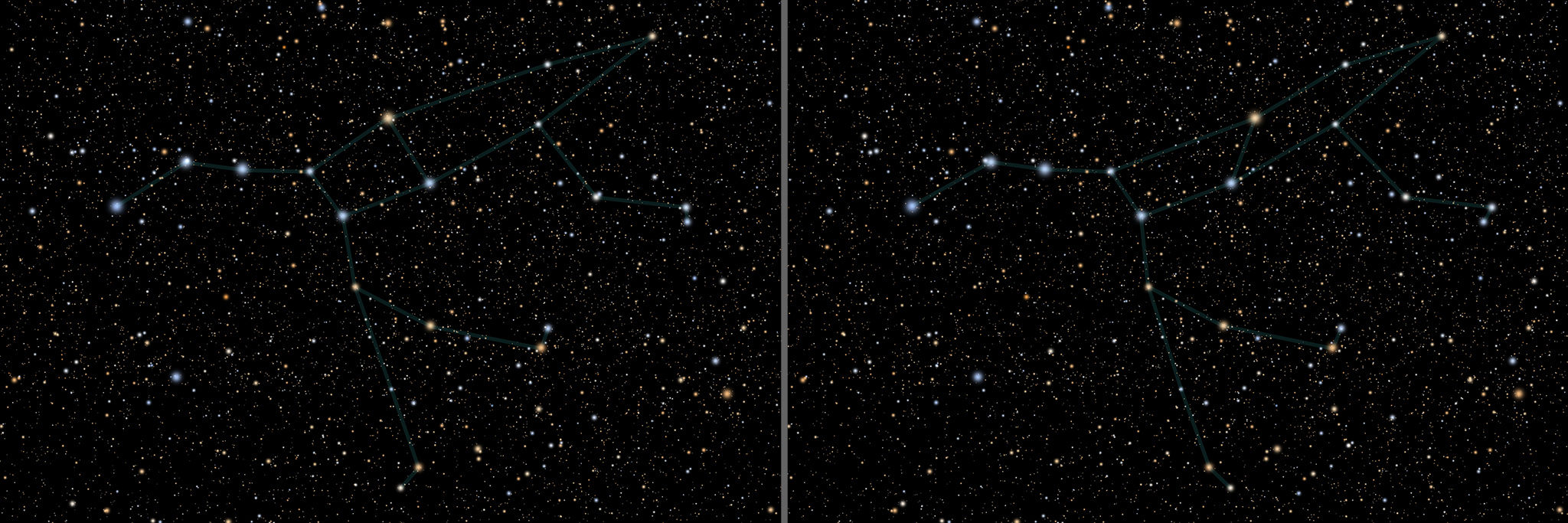I always had a mild interest in astronomy, and it became a strong interest in the 1990s, triggered by a homework assignment given to my ten-year-old son to go out at night and identify some constellations. I took him away from the city lights to a park where we could see the stars emerge from twilight. On that beautiful fall evening, we found the constellations he was looking for, and we also saw Jupiter, the brightest object in the sky. Through binoculars, we were surprised that we could see its moons. This caused me to wonder what else I might be able to see if I were to look a little closer.
My son’s interests moved on to more important things, but my curiosity remained and drove me to learn more about the night sky. I was intrigued by the different brightnesses and colors of the stars that I could see through a small telescope. I also reviewed maps of the sky to see the patterns and locations of constellations. I found some of those maps to be more effective than others, and some to be aesthetically quite attractive. There seemed to be a correlation.
I learned that the different star colors were caused by their temperatures– duh. I also learned their brightness depended on size and proximity. Applying the methods of color science, I wrote a paper, “The Colors of the Stars,” which I presented at a color imaging conference. The paper still garners a few citations.
While I was preparing for that presentation, I wrote some code to make my own star maps, using what I had learned. And since, at the time, I was also experimenting with 3D images, I made several sets of stereo pairs. I thought they were both attractive and informative so I posted them on my fledgling website, nightscapes.net.
I recently had a request from someone who had seen those stereo images and kept a link to them for the last two decades. He was disappointed that the link no longer worked. Websites evolve, and links often break, but in this case, my early hand-crafted site had been completely replaced. The star color work and stereo pairs got left behind.
I wondered if I could reproduce those star maps. Not only do websites evolve, but so do computers, their operating systems, and their programming tools. I am no longer able to resurrect those old programs and scripts.
But I have been able to locate some of the images I made back then (see how: Recovering Old Digital Photos), and I have placed them on new pages for those afficionados of 3D stereo images. Follow the link to see the stereo constellations (and stereo planets) that I made nearly thirty years ago.
Index of stereo image pairs
A preview of the brightness and color representations used in the stereo starfields:




